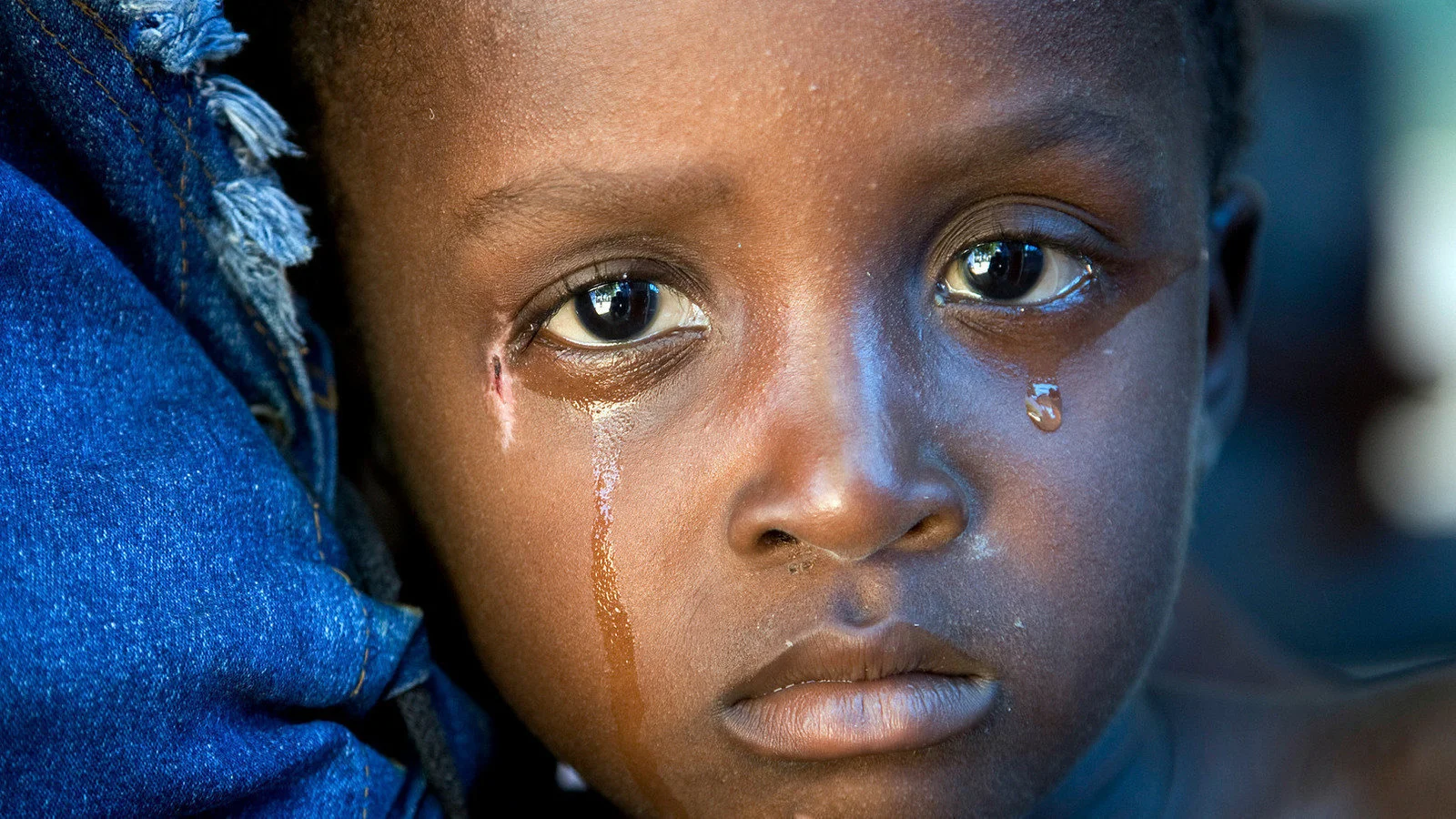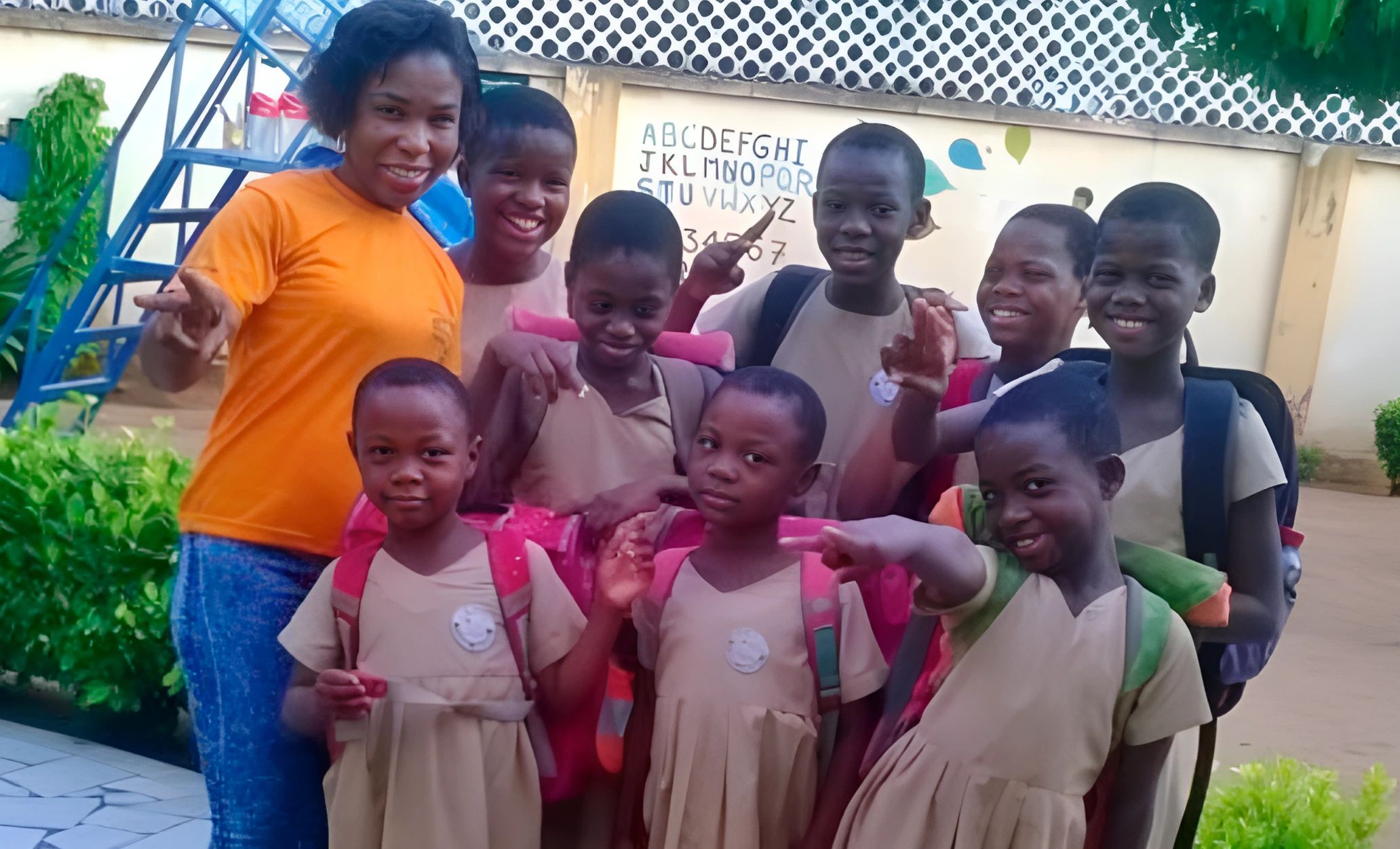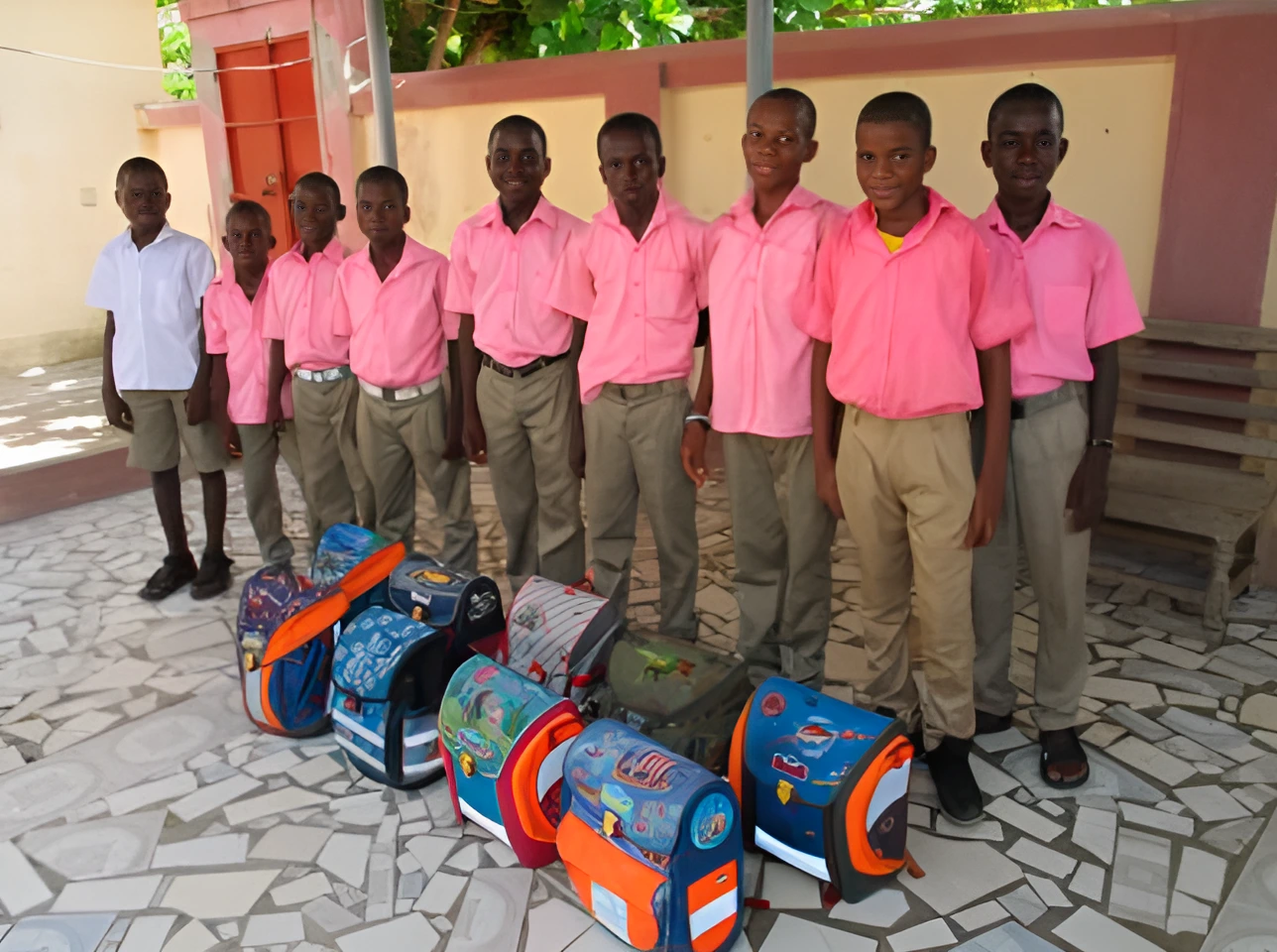In the journey toward a better world, ensuring that children have access to quality medical care, proper hygiene, and education is foundational. Each of these elements not only impacts children individually but also collectively helps to shape their future. By investing in children’s health and knowledge, we are empowering the next generation to grow up healthier, more educated, and more capable of transforming their communities.
1. The Role of Medical Care in Children’s Development
Access to medical care is essential to children’s development and well-being. Early access to healthcare helps prevent diseases, treats illnesses, and enables regular health monitoring—all of which contribute to a child’s physical and mental growth.
A. Preventive Care: The First Line of Defense
Preventive healthcare, such as vaccinations, regular check-ups, and screenings, is crucial for children’s long-term health. Preventive measures can significantly reduce the risk of severe illnesses like polio, measles, and tuberculosis, helping children avoid missed school days and fostering their physical and mental development.
B. Early Intervention and Treatment
Early medical intervention is equally vital. Conditions like malnutrition, anemia, and common infections can impair cognitive and physical development if left untreated. Studies have shown that children who receive timely medical intervention perform better academically and are less likely to miss school due to health issues. Organizations like UNICEF and WHO stress the importance of access to basic healthcare for children, especially in low-income countries where preventable diseases are more prevalent.
C. Mental Health and Well-being
Mental health is just as crucial as physical health. Children facing trauma, stress, or mental health challenges may struggle academically and socially. Access to mental health support, including counseling and therapeutic resources, helps children develop emotional resilience, leading to improved focus and productivity in school.
2. The Importance of Hygiene in Children’s Health
Good hygiene is another cornerstone of a healthy life. By teaching children effective hygiene practices, such as handwashing, we are actively reducing the risk of infections and diseases that can affect their daily lives.
A. Disease Prevention Through Hygiene
Proper hygiene reduces the spread of infectious diseases like influenza, pneumonia, and gastrointestinal illnesses. Studies from the Centers for Disease Control and Prevention (CDC) show that handwashing alone can decrease respiratory infections by up to 21%. Teaching children simple practices like hand washing before meals and after using the restroom instills habits that protect their health and reduce school absenteeism.
B. Hygiene Education and Infrastructure
Hygiene education is as essential as infrastructure. Children benefit from access to clean water, handwashing stations, and sanitary facilities in schools. Many organizations, including WaterAid and Save the Children, work on installing water and sanitation systems in schools worldwide to ensure that children have access to these basic needs.
C. Empowering Children Through Knowledge
Teaching children about personal hygiene empowers them to take responsibility for their health. This knowledge has a long-term impact, reducing their susceptibility to disease and creating healthier communities. By promoting hygiene in schools, we help normalize these practices, making hygiene education as integral to the curriculum as reading and math.
3. Education: Empowering the Next Generation
Education is the foundation upon which children build their futures. Educated children are not only more likely to grow into healthy adults, but they also bring knowledge, skills, and opportunities back to their communities.
A. Academic Skills and Lifelong Learning
Education fosters critical thinking, problem-solving skills, and creativity. Academic learning prepares children to succeed in various fields, from science and technology to the arts and humanities. Research indicates that educated children are more likely to become informed citizens who contribute positively to society.
B. Health and Social Benefits of Education
Educated individuals are better equipped to make informed health choices, from personal hygiene to disease prevention and nutrition. Furthermore, education promotes gender equality, reduces poverty, and enhances social cohesion, which are all key drivers of societal development.
C. Breaking the Cycle of Poverty Through Education
For many families, education is the only way out of poverty. Organizations like The Global Partnership for Education and UNESCO emphasize that children who receive a quality education have higher earning potential and are more likely to provide for their families and communities. By investing in education, we are helping children break the cycle of poverty.
4. The Synergy Between Medical Care, Hygiene, and Education
Medical care, hygiene, and education are deeply interconnected. These factors reinforce each other, creating a holistic environment for children’s growth and development.
A. The Health-Education Connection
A child who is healthy is more likely to succeed academically, and children with access to quality education are more likely to understand and practice good health and hygiene. For instance, teaching children about nutrition, the importance of regular exercise, and personal hygiene can help them make healthier lifestyle choices.
B. Improved Attendance Through Health and Hygiene
Health and hygiene practices contribute directly to school attendance. Sick children miss out on valuable learning opportunities, which can hinder their progress and self-confidence. By ensuring children have access to healthcare and hygiene education, we create the conditions for consistent school attendance and a more fulfilling educational experience.
C. Community Transformation
The benefits of investing in children’s health, hygiene, and education extend beyond the individual level. As educated and healthy individuals grow up, they contribute to stronger, more resilient communities. This transformation benefits entire societies, fostering economic development, social stability, and cultural growth.
5. Real-Life Examples of Impactful Programs
Many organizations worldwide are dedicated to improving children’s health, hygiene, and education, making lasting impacts in the communities they serve.
A. UNICEF’s Integrated Programs
UNICEF has pioneered integrated approaches to child development by combining health, hygiene, and education. Through initiatives like the WASH in Schools program, UNICEF provides clean water, sanitation, and hygiene facilities in schools, ensuring that children have access to these critical resources while learning about their importance.
B. The Role of Community-Based Health and Education
Community-based organizations also play a critical role. Groups like World Vision and Save the Children often involve parents, local leaders, and schools in their programs, creating a support system that reinforces the value of health and education in children’s lives.
C. Non-Profit Initiatives in Low-Income Countries
In low-income countries, organizations like Room to Read focus on providing education while Doctors Without Borders ensures children have access to basic medical care. These organizations highlight how community support and international aid can create a lasting impact, even in resource-limited settings.
6. How You Can Make a Difference
There are many ways for individuals and communities to contribute to these causes.
A. Donations to Child-Focused Charities
Even small donations can go a long way in supporting organizations that focus on children’s health, hygiene, and education. Many charities provide clear information on how contributions are used, ensuring that your donation makes a tangible difference.
B. Volunteering and Advocacy
Volunteering with or advocating for child-focused organizations can also create meaningful change. Whether it’s helping at a local school or spreading awareness about global health issues, personal involvement amplifies efforts toward a brighter future for children.
C. Educating Your Community
Raise awareness about the importance of children’s health, hygiene, and education within your own community. Social media, school programs, and community events are excellent ways to engage others in supporting these causes.
7. Conclusion: Investing in Children for a Brighter Tomorrow
Investing in children’s medical care, hygiene, and education is not just a moral imperative—it is essential for creating lasting change. By ensuring that children grow up healthy, knowledgeable, and well-equipped for the future, we are laying the foundation for resilient societies and brighter futures. Small actions today can lead to transformative change tomorrow.
Each of us has a role in this mission. By supporting initiatives that improve health, hygiene, and education, we can help create a world where every child has the chance to thrive.





